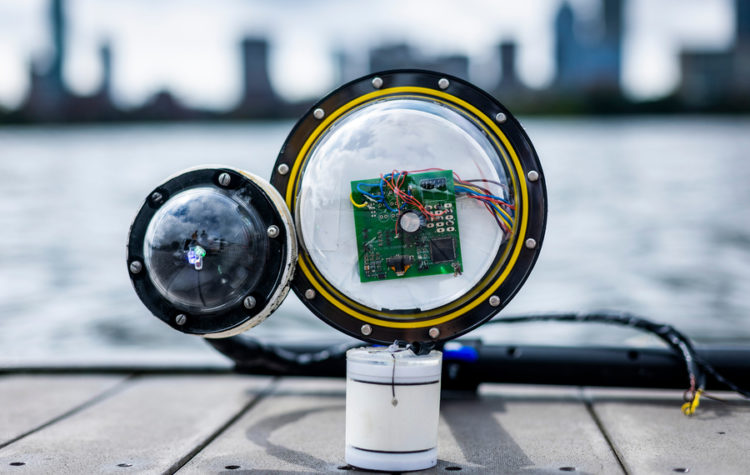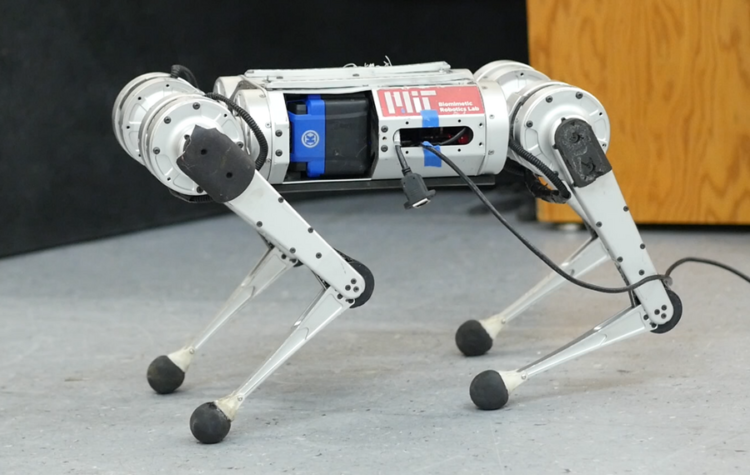Selected:

“DribbleBot” can maneuver a soccer ball on landscapes such as sand, gravel, mud, and snow, using reinforcement learning to adapt to varying ball dynamics.

MIT engineers build a battery-free, wireless underwater camera
September 30, 2022
The device could help scientists explore unknown regions of the ocean, track pollution, or monitor the effects of climate change.

New programmable materials can sense their own movements
August 12, 2022
Engineers 3D print materials with networks of sensors directly incorporated.

3 Questions: How the MIT mini cheetah learns to run
March 21, 2022
CSAIL scientists came up with a learning pipeline for the four-legged robot that learns to run entirely by trial and error in simulation.